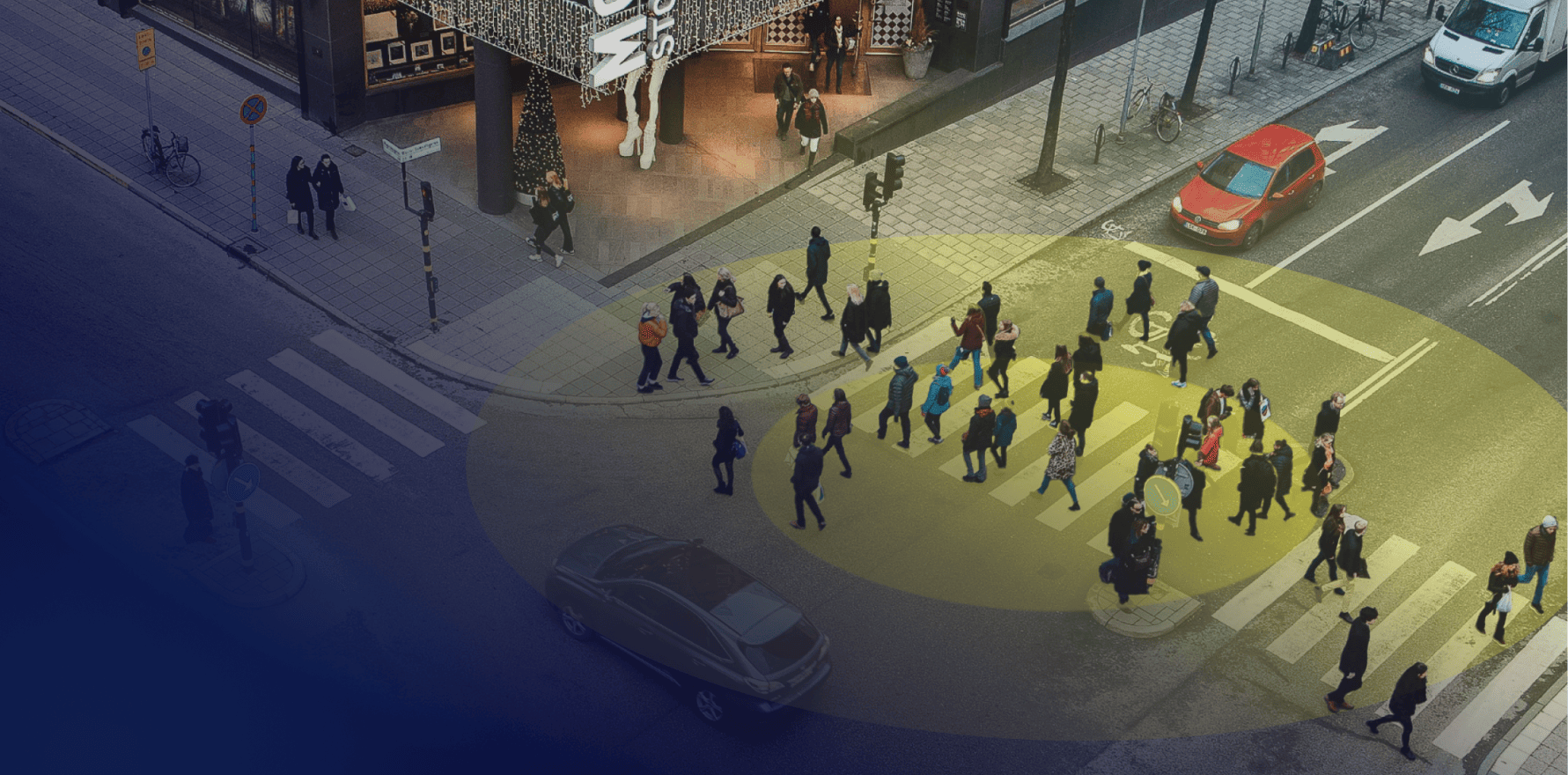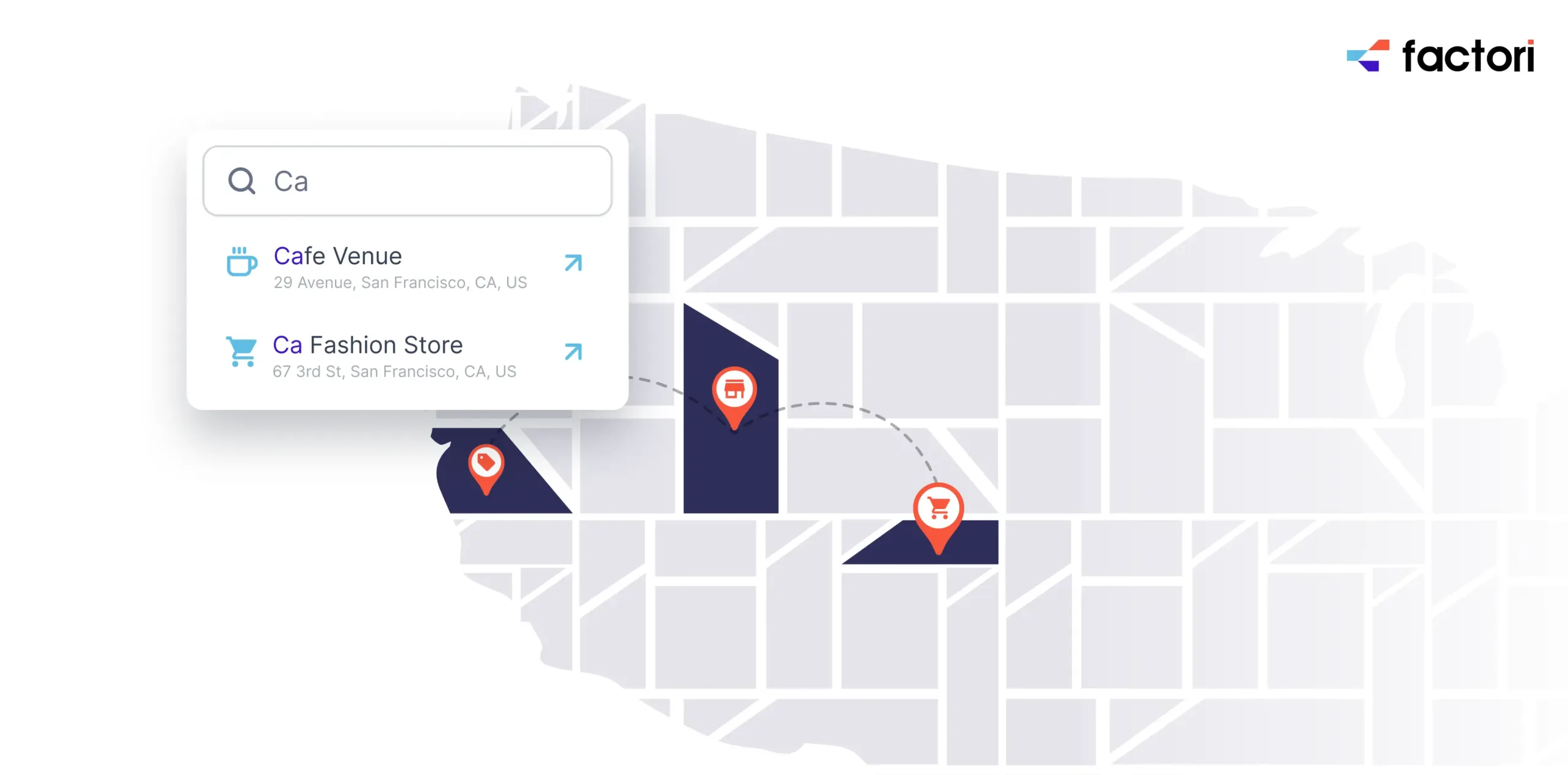One would expect the traditional Out Of Home (OOH) ecosystem to struggle to keep up with the onslaught of digital channels. But with brands relentlessly innovating with it, specifically on DOOH, the medium has proven to be resilient and continues to grow despite stiff competition. In fact, after TV, OOH continues to be the second fastest growing traditional advertising medium. In 2018, Asia Pacific became the largest market for OOH, raking in almost $13 billion in sales. This healthy growth aside, OOH continues to look for answers to some challenging questions. The biggest of them is accountability.
But what does it take to truly revolutionize this measurability and accountability in a constantly evolving OOH ecosystem and a marketing landscape that is increasingly ROI-obsessed? The answer lies in robust Location Intelligence. This is the driving force behind this new era of accountable OOH in two significant ways:
- Site selection Understanding the audience insights of people who are seen near the OOH site so you can pick the best sites for your brand.
- Measurability Measuring the effectiveness of OOH media using offline attribution by measuring in-store visits
OOH site selection gets better with location intelligence
With deep location-based insights at hand, it is finally possible for brands and agencies to make well-informed, data-driven decisions about OOH site selection. OOH decision-making is moving away from the old, feel-good indicators such a heavy footfall, traffic, or the number of people who are likely to see an OOH ad. The problem with this approach is that you never know if your message will reach the relevant audience sets, to begin with.
Location intelligence is ramping up OOH site selection strategy that focuses single-mindedly on real-world business outcomes. With better real-world data at hand, OOH site selection process can focus on the quality of exposures and not quantity alone by identifying strategic points of interest where OOH ads are most likely to be seen by the right target audience.
For instance, an arterial highway in one of the largest Asian cities has been counted among one of the most prime OOH sites in town. The reason is obvious the extremely high volume of traffic and frequent traffic jams that often render commuters to a complete standstill. However, if you take the instance of a consumer electronics brand that manufactures high-end laptops, this may not necessarily be the best OOH investment given the diverse affluence levels, purchasing powers, and lifestyle needs of the commuters on this highway. Instead, seeking OOH sites that get most footfalls from gaming enthusiasts or consumers who visited electronics/gadget stores recently would get higher ROI. Now with location intelligence, all brands have the opportunity to adopt a quality approach to OOH site selection instead of just quantity.
Measurable OOH is the new normal
The strongest impact location intelligence has had on OOH is the ability to link real-world outcomes such as store visits with OOH exposure. With staggering pressure to demonstrate ROI across activations, brands and agencies are enthusiastically adopting location intelligence to measure the effectiveness of OOH campaigns. They do this by measuring footfalls driven to outlets and dealerships as a result of OOH exposure. With accurate measurement, brands can identify which specific billboards or locations are driving store visits and which ones aren’t, and which specific messages are driving traffic as opposed to the ones that go unnoticed. Such granular insight into campaign effectiveness is driving better decisions throughout the marketing lifecycle, helping optimise ad spend and achieve better ROI.
One such example is that of an automobile brand that was making a foray into Asian cities with their entry-level sedans and decided to invest heavily in OOH activation. On a three-month evaluation of its OOH investments, the brand found that out of the 10 scattered billboards across the city, only 4 were effective to the point of bringing store footfalls. Armed with these insights, the brand decided to focus on optimising the 4 high-outcome activations and let go of the remaining 6 billboards. In addition to the immediate decrease in OOH ad spend, the brand was now also making a far more insight-driven, ROI-centric, and measurable decisions on its OOH site selection. The launch campaign was so successful that the automobile brand made a conscious shift to location-led OOH measurement throughout its other markets over the next few months.
Were ready for the new era of OOH. Are you?
OOH has survived the onslaught of digital and mobile advertising, primarily because users cant block OOH like they can digital ads. This is one reason why the medium has stood the test of time over many generations. Now with enhanced measurability, insight-driven site-selection, and a goldmine of data for better decision-making, location intelligence is helping OOH finally come of age and not just survive but thrive.
You may also like








